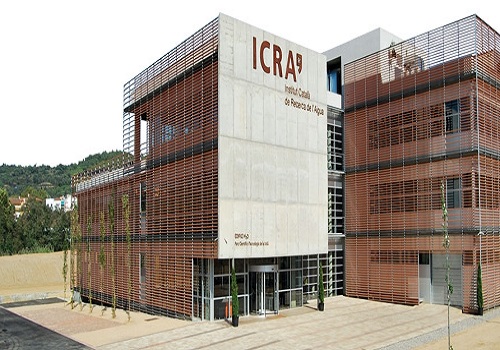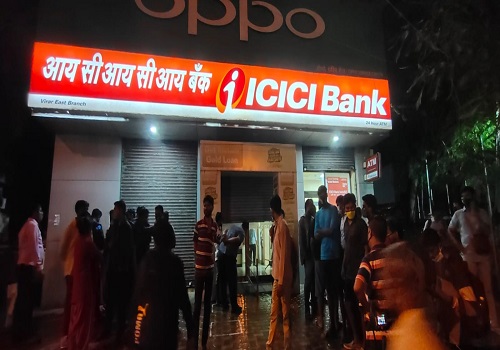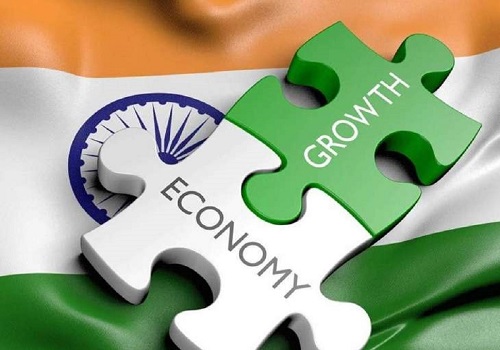Discoms facing financial constraints due to delays in realising payments from government: ICRA

Credit rating agency ICRA in its latest report has said that the state-owned power distribution companies (discoms) are facing financial constraints despite improving their aggregate technical and commercial losses. The agency has cited delays in realising payments from state government departments for power supply as one of the reasons for the constrain of discom finances and assigned a negative outlook for the power distribution segment.
According to the report, the all-India aggregate technical and commercial (AT&C) losses for state-owned discoms declined from 23 per cent in FY2021 to 16.5 per cent in FY2022 and further to 15.8 per cent in FY2023 due to infrastructure upgrades and higher subsidy payout. Despite this progress, losses remain particularly high at over 20 per cent for the discoms in Bihar, Jharkhand, Madhya Pradesh, Odisha and Uttar Pradesh. The performance of state-owned discoms remains constrained by inadequate tariffs relative to the cost of supply, higher-than-regulator-approved AT&C losses, and a considerable debt burden. Further, delays in realising payments from state government departments for power supply constrain the discom finances. The agency further said its outlook for the power distribution segment remains negative.
The report said the tariff-determination process for state discoms has improved, following the General Elections, with 22 of the 28 states issuing the orders for FY2025 as of July 2024 against only 11 states as of May 2024. However, the tariff hikes remain modest with a median 1.7 per cent rise for FY2025, lower than the 2.5 per cent approved for FY2024. Despite an uptrend in tariff hikes in a few states in recent years, discoms continue to incur losses due to increases in power purchase costs, operating inefficiencies in a few large states, and a high debt burden. The median five-year CAGR for power purchase cost was over 5 per cent for the period, leading up to FY2023, whereas the increase in tariffs has been lower.










Tag News

RBI`s 25 bps rate cut to boost growth as inflation stays low: Economists













